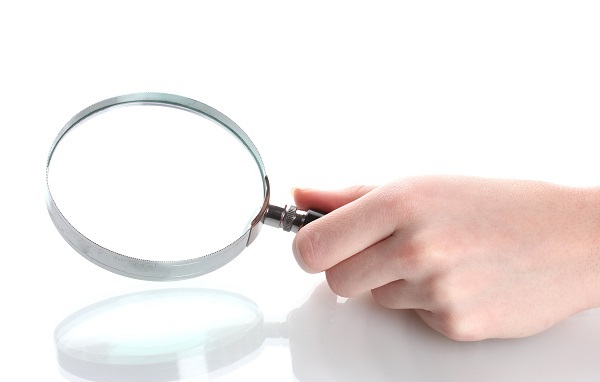There are four types of evidence that may be presented by either the prosecution or the defense in a criminal trial: real, demonstrative, testimonial, and documentary. If you are facing criminal charges, it’s important to understand each of these types of evidence so you understand what can and cannot be brought up during your trial.
Real Evidence
The first type of evidence is referred to as real evidence because it can be seen or felt by the jury. The objects that are classified as real evidence are usually directly related to some part of the crime. For example, a knife that was used to commit murder would be real evidence. Controlled substances found in the defendant’s possession can also be considered real evidence. Both of these objects are real evidence since they are observable and related to the crime.
Demonstrative Evidence
The second type of evidence that can be used in court is demonstrative, which is used to illustrate a witness’s testimony. Demonstrative evidence can include maps, diagrams, and graphs.
This type of evidence can only be used if it is a true representation of what the witness is saying. For example, it may be easier for a jury to follow along with a witness’s testimony if they are presented with a diagram of the crime scene. However, the diagram must be drawn based on the witness’s testimony. If the witness said she found the weapon behind the sofa, the prosecution cannot place the weapon in the center of the room on the diagram. This would be misleading for the jury members who are trying to understand what was found at the scene of the crime.
Testimonial Evidence
Testimonial evidence is any type of information that is provided by witnesses who are testifying under oath. It’s important to note that testimonial evidence can only be provided by competent individuals. Anyone who clearly does not have any personal knowledge of the subject or cannot remember what he or she witnessed will not be deemed competent.
Documentary Evidence
Finally, there is documentary evidence. As you may have guessed, documentary evidence is any type of document that can be used to prove or disprove facts of the case. For example, a photo of the defendant leaving the crime scene could be considered documentary evidence. Emails sent to and from the defendant about the crime can also be used as documentary evidence. Documentary evidence is often the most convincing, which is why many prosecutors rely so heavily on it to prove their case.
If you are facing criminal charges, contact Reisch Law Firm today. Our criminal defense attorneys will immediately begin to gather evidence that can be used to discredit the prosecutor’s case and prove your innocence. Schedule a free consultation today by calling 303-291-0555 or filling out this online form.


